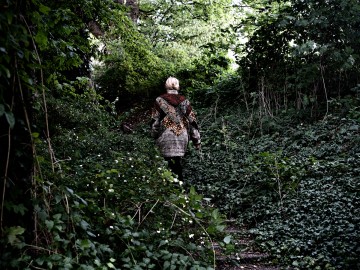
All work courtesy of the artist. For more information and individual titles please check out Lasgaard’s website here.
Johanne Skovbo Lasgaard’s elements are derivatives of a process of meticulous material variation aimed at an intentionally undefined outcome: “the materials are the narrative,” Johanne says.
– She invited us for a peaceful walk round the tons of exhibited minerals at the Geological Museum of Copenhagen.
By Erik Duckert
Photos by Martin Kurt Haglund
Fluorescent lighting.
Empty halls.
Glass and wood vitrines coated with
sun-bleached felt
display neatly tagged rocks and minerals
in the hundreds.
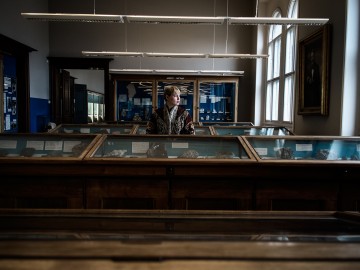
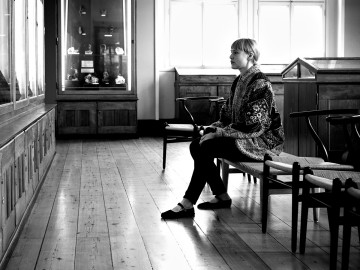
LASGAARD: “Actually I’m often here with a friend, we’ll call each other: ‘look, look at this one,’ – it’s really just a fundamental fascination of stuff you don’t usually happen upon.
They’re excavated treasures in a way.”
Johanne Skovbo Lasgaard (b. 1985) graduated from the Royal Danish Academy of Fine Art in 2013 and works with both sculpting and painting.
Her work revolves around a part calculated, part unintentional process of material investigation
culminating in aestheticized objects, or ‘elements’ as she prefers to call them.
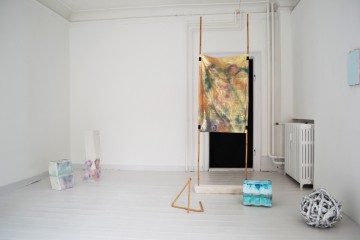
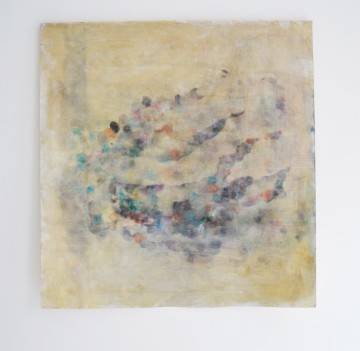
L: “I see many of my elements as both registered in my body as well as being exterior extensions of my body. A lot of what happens during the process actually just occurs: it’s the materials, an excavation from the materials.
The materials acquire linguistic qualities.
– I guess they are ways of congregating outside of my self.”

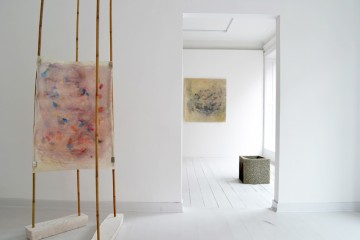
L: “There are these potentials … It is difficult for me to talk about them as finished works of art because often I work with them again or they change as they are put into new constellations.
Of course they are objects but it is like their ‘object-ness’ is dissolved when they are put in new contexts.”
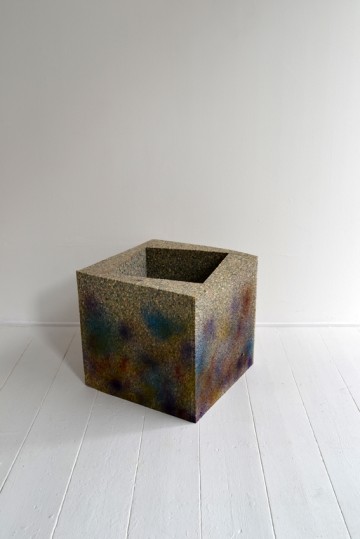
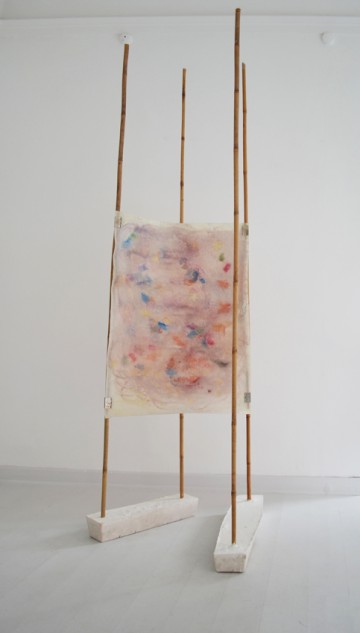
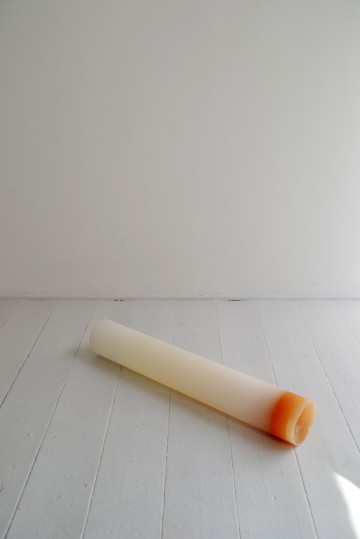
L: “I have this underlying idea that every time I make these material investigations my body stores the data, so my production is a continuous process.
– It is about temporality, a temporality that doesn’t point in any particular direction.”
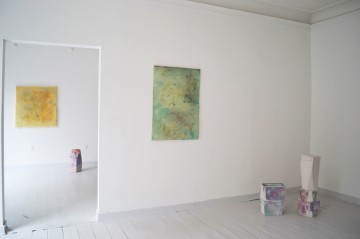
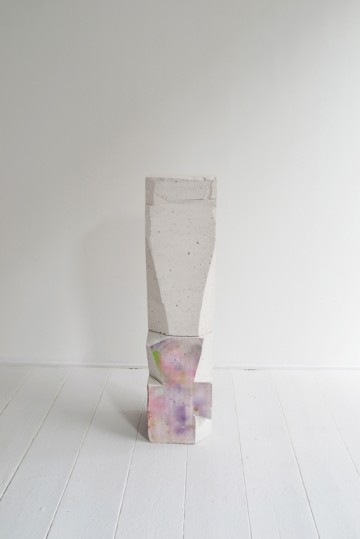
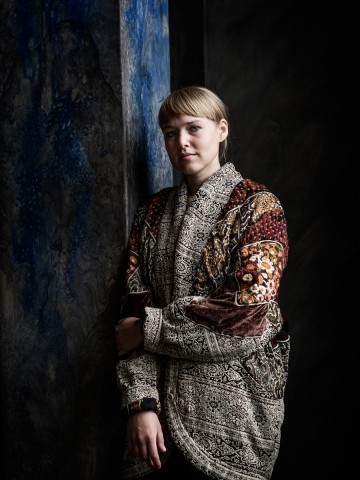
L: “Often I think it is just about figuring out what the materials are capable of.
Some constellations are structures I assemble, others are structures I break down.”
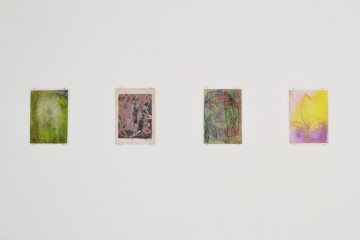
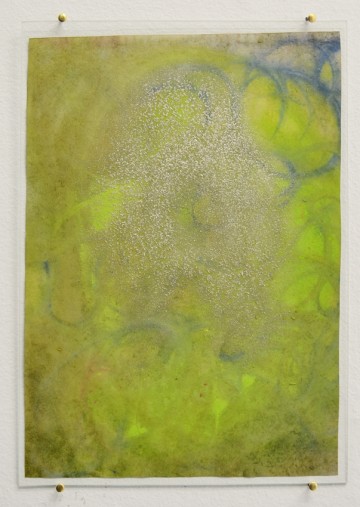
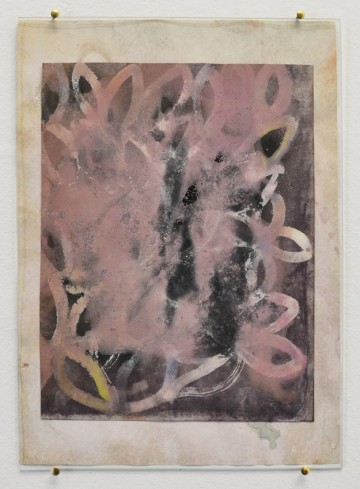
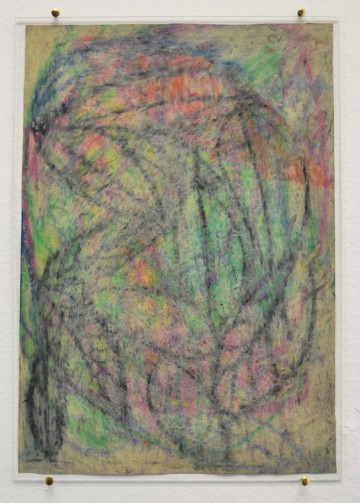
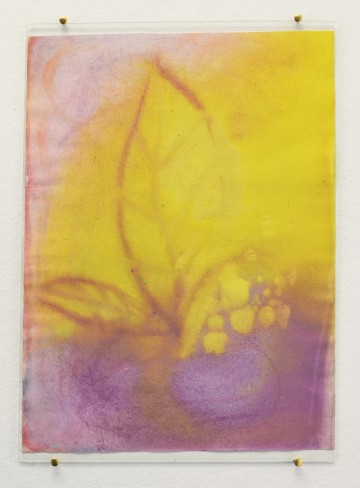
L: “I like that there’s no meaning except what occurs.
– I am not on a quest for the sublime. Not at all.
The space I enter has more to do with existential or cognitive processes or how the body acquires knowledge.”
We leave the echoing halls of glass cased minerals and enter the nearby botanical garden.
L: “In every translation something is lost and something is added, that becomes particularly evident when verbalizing works of art.
I guess you just have to let go – you can’t fathom everything.”
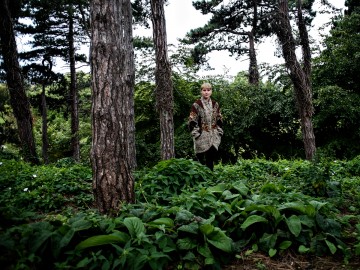
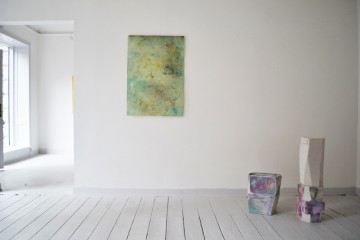
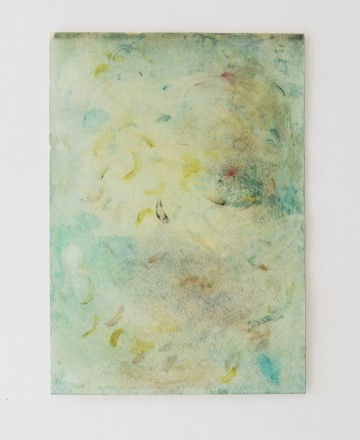
L: “It is the materials that become the narrative.”
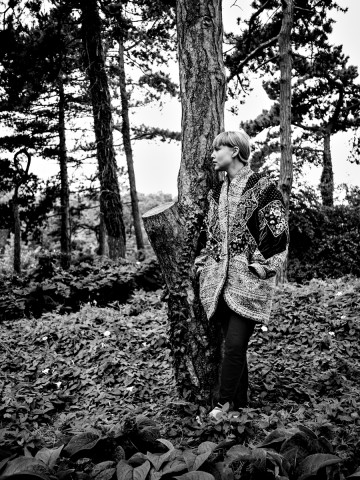
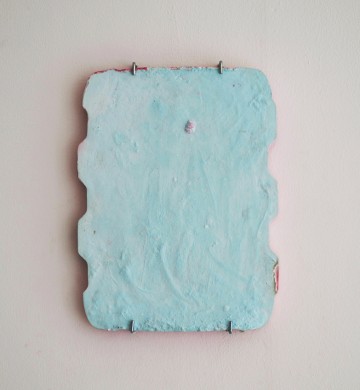
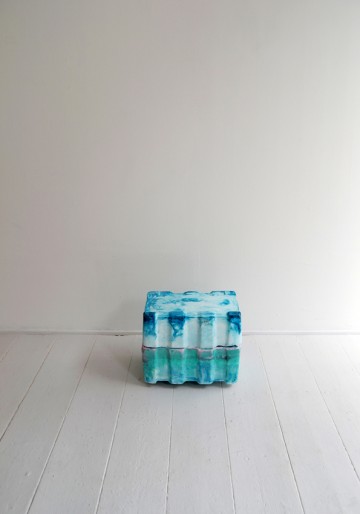
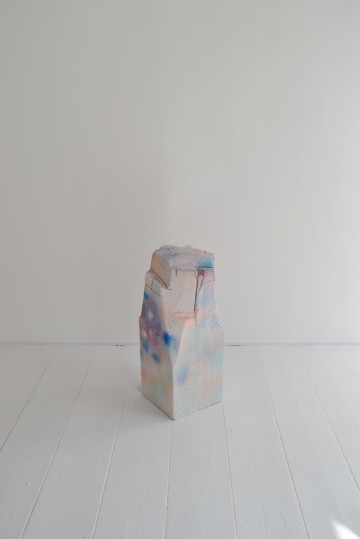
L: “Over time it evolves into a language, an unfamiliar language with a clear intention to communicate but without the desire to be defined.”
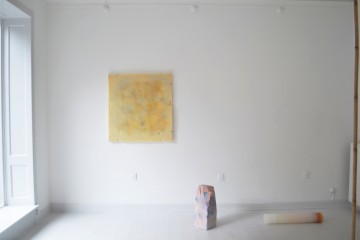
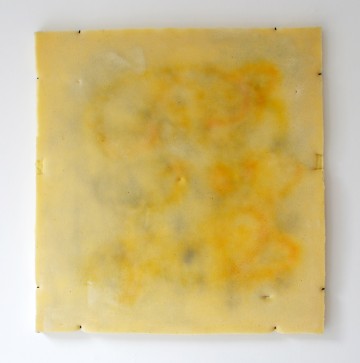
L: “The elements are insisting and private at the same time.”
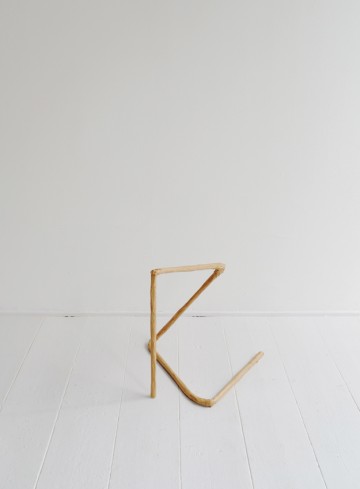
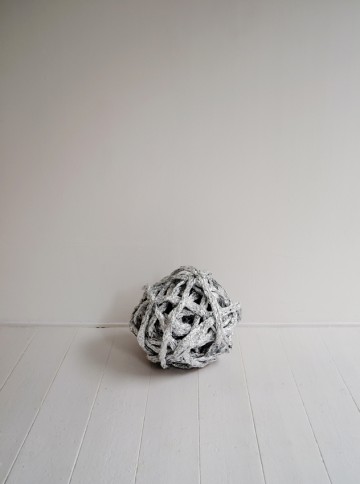
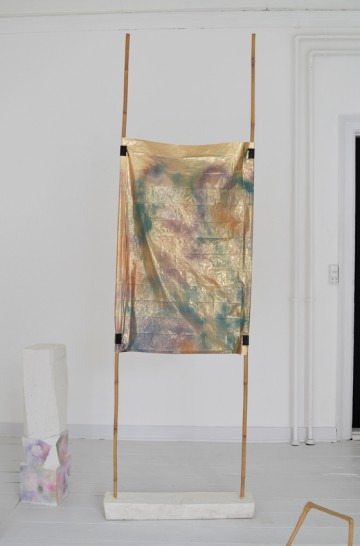
L: “In a way it is like musical compositions: a single tone or a bass, why does it move us?
Scientifically it is just vibrations.
That perspective can be transferred to my elements as well by shifting perception from audio to visual.
The various elements can be addressed as singular objects but it is the constellation of them that creates narrative and force.”
